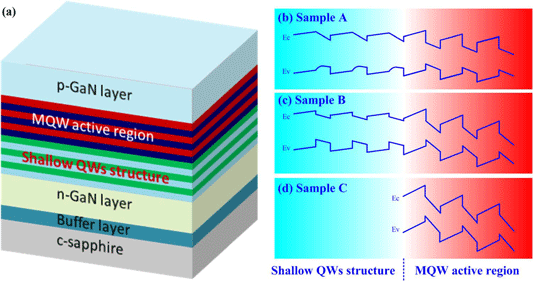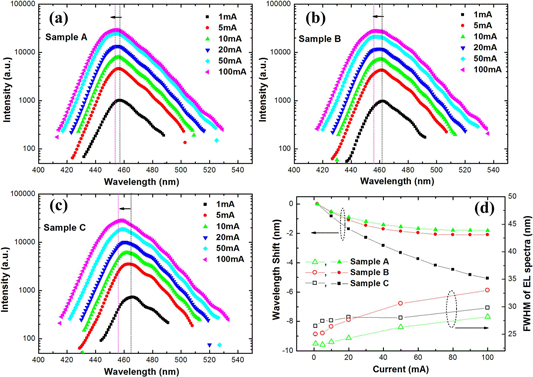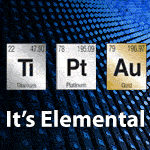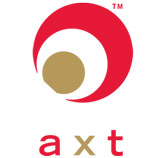- News
20 August 2012
Triangular quantum well injection boosts nitride LED efficiency by 80%
The State Key Laboratory of Optoelectronic Materials and Technology of Sun Yat-sen University has reduced the forward voltages and increased the device efficiency of nitride semiconductor light-emitting diodes (LEDs) by up to 80% by inserting a triangular quantum well region (TQW) before the usual multi-quantum well (MQW) active region [Shanjin Huang et al, Appl. Phys. Lett., vol101, p041116, 2012].
The researchers ascribe the improved performance to weakening of the polarization field in the MQW active region induced by the TQW structure.
Strong polarization arises in indium gallium nitride (InGaN) MQW structures due to strain effects with large differences in the lattice constants of the well and barrier materials. The resulting electric field in the active region makes it difficult for electrons and holes to recombine as photons/light since the field tends to pull carriers of opposite charge apart.
The epitaxial material was grown on c-plane sapphire using metal-organic chemical vapor deposition (Figure 1). The multi-quantum well (MQW) region consisted of InGaN with GaN barriers (InGaN/GaN, 2.7nm/7.5nm, In 16%).

Figure 1. (a) Schematic diagram of epitaxial LEDs with shallow QW structure. (b) Schematic band profiles of the shallow QW structure and active region of LEDs with shallow TQW (Sample A), (c) LEDs with shallow RQW (Sample B), and (d) conventional LEDs (Sample C). Diagram is not to scale.
The shallow QW region was inserted before the MQW active region. Two types of shallow QW were created. Sample A had linearly increasing indium content (0% to 12%) due to decreasing growth temperature from 820°C to 780°C, giving TQWs (InGaN/GaN 3.78nm/7.53nm). Sample B had rectangular QWs of 6%-indium InGaN grown at 800°C (InGaN/GaN, 3.36nm/8.01nm). A further structure, Sample C, was produced without shallow QWs, representing a conventional LED material.
The materials were processed into 200μm x 250μm lateral LEDs. Pulse currents (10msecs) were used to test the devices to avoid self-heating effects.
The TQWs of Sample A gave the lowest forward voltage of 2.70V at 1mA. The respective values for samples B and C were 2.75V and 3.05V. The improved performance of Sample A was attributed to weakening of the polarization field, allowing carriers to overcome potential barriers and enhancing carrier transport in the active region.
At a current injection of 20mA, the light output from Sample A was 14% more than Sample B and 57% more than the conventional device based on Sample C. The lower forward voltage and increased light output indicated increased efficiency for Sample A devices of 80% over Sample C LEDs and 16% over Sample B LEDs.
X-ray diffraction analysis suggests that the inclusion of TQWs partially releases strain in the upper active MQWs. As a result, the strain-dependent piezoelectric polarization field is reduced.
Another effect of introducing TQWs was to reduce the spectral blue-shift with increasing current (Figure 2). Between 1mA and 100mA, the peak wavelength shifted by 1.8nm for LEDs based on Sample A, compared with 5.1nm for Sample C devices.

Figure 2. Electroluminescence spectra of (a) Sample A (with shallow TQW), (b) Sample B (with shallow RQW), (c) Sample C (without shallow QWs) at various injection currents. (d) Magnitude of the blue-shift and the FWHM of the EL emission peak in the three samples as a function of injection current.
Such blue-shift can be due to combined effects of coulomb screening of polarization-induced quantum-confined Stark effects (QCSEs), and band filling of localized states under high carrier injection. The reduced polarization field of Sample A from reduced strain would lead to reduced QCSE effects. However, increased peak widths for LEDs based on all samples also suggest the presence of band-filling effects. The full-width at half-maximum (FWHM) values for an injection current of 100mA were increased over those at 1mA by 21%, 32% and 13% for LEDs based on samples A, B and C, respectively.
The researchers suggest that the insertion of the TQW structure may result in both the weakening of QCSEs and the enhancement of band filling.
Tags: Triangular quantum well LEDs InGaN/GaN MOCVD
The author Mike Cooke is a freelance technology journalist who has worked in the semiconductor and advanced technology sectors since 1997.





